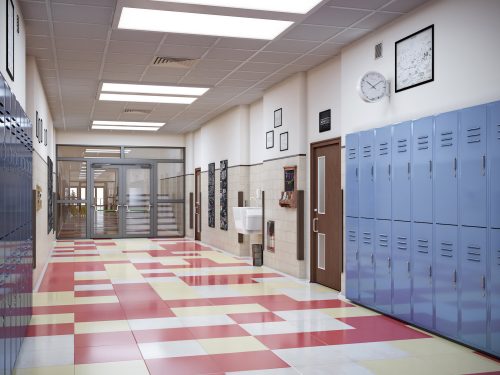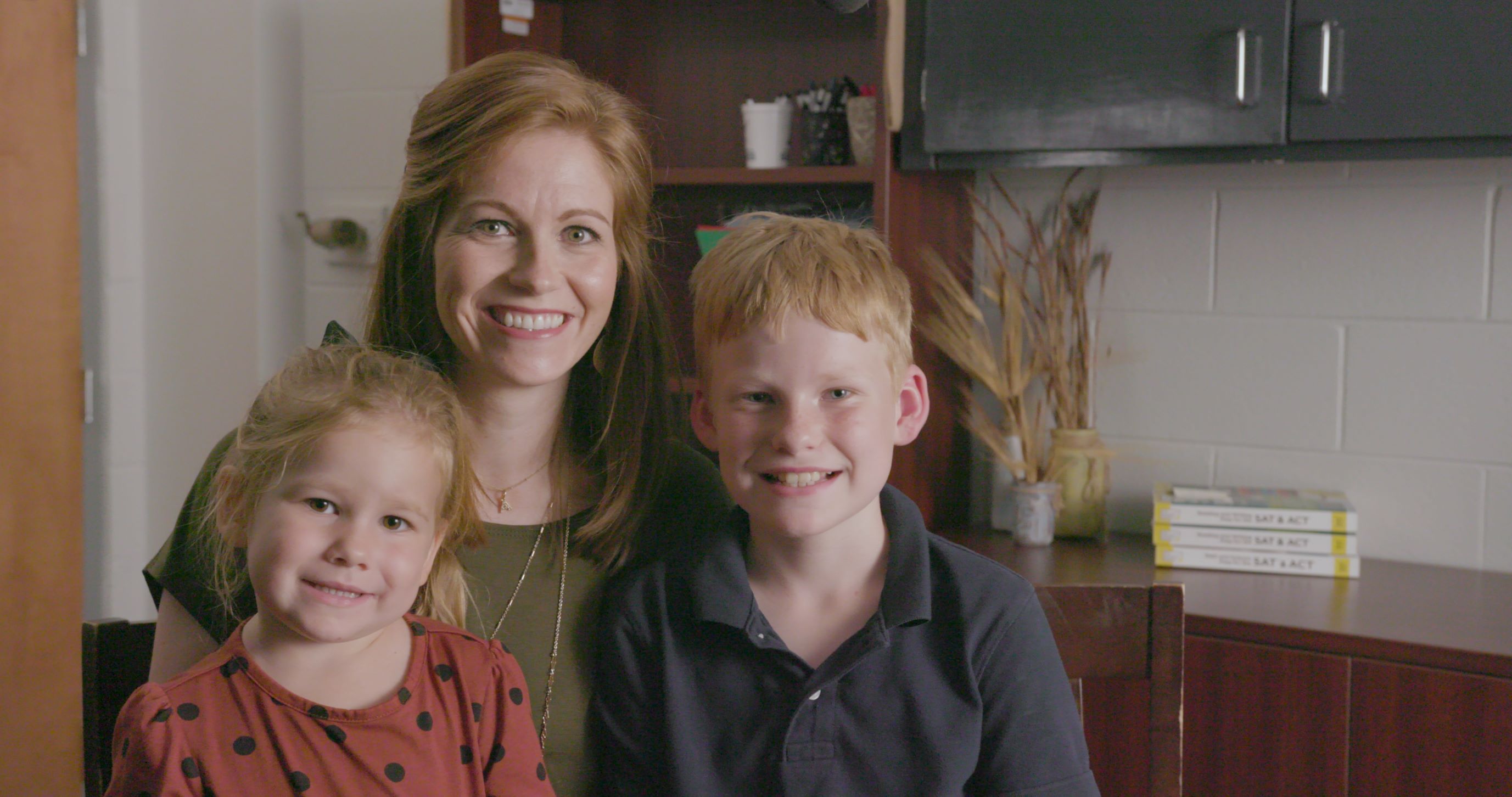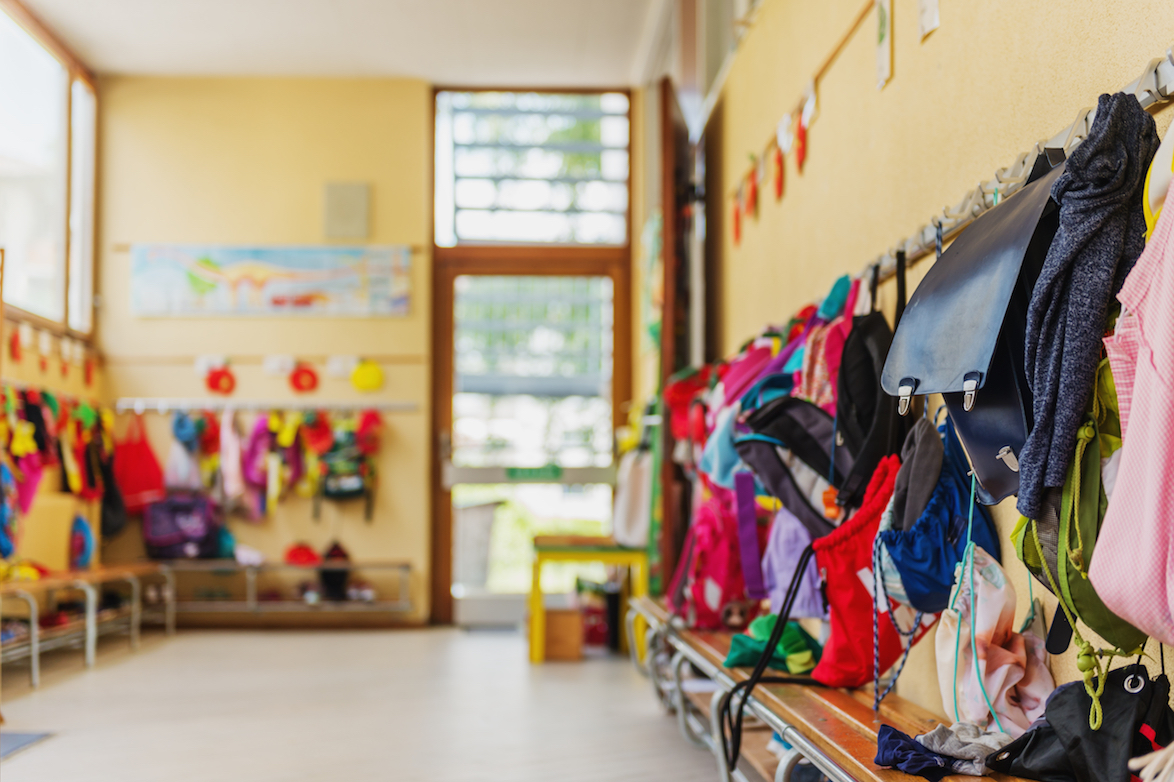Learning from example: When should South Carolina’s schools re-open?
As South Carolina deliberates over an array of options for how and when to get students physically back in school without further loss of academic progress, we have solid examples from other states and other countries on ways to open schools safely.
South Carolina’s AccelerateEd task force has floated the possibility of opening schools as early as June 1, but nothing has been set as of this writing. Proposed ideas have included isolating students in a single classroom all day while teachers move, staggering recesses, running buses with only a fraction of students, and use of make-up days. Superintendent Spearman has said they are looking at a “menu” of best practices.
Here’s the situation:
- The federal CDC has now issued new guidance for re-opening schools, encouraging compliance with state and local orders along with a list of safety actions and appropriate monitoring for symptoms. The CDC has also now issued guidance saying that transmission of coronavirus via surfaces is unlikely.
- Schools are re-opening in many countries, including 22 European countries, with little evidence to suggest that it has caused an acceleration in COVID-19 infections. Many states in the U.S. are re-opening businesses and slowly getting back to normal. With many experts saying that children are less susceptible to the virus, what are the risks of re-opening schools?
- Clemson University released a three-phase reopen framework today. The University of South Carolina has also stated its intention to reopen for in-person instruction in the fall.
Where are schools re-opening?
Montana: On May 7th, Montana Governor Steve Bullock announced that it was safe for schools to re-open. In a state with only 468 confirmed cases, many rural districts have started in-person instruction, but most of the schools continue to provide only distance instruction.
Wyoming: The Wyoming school closure order expired on May 18th, but Wyoming schools were allowed to provide limited in-person instruction as of April 28th. Eight of Wyoming’s 48 districts took advantage of this, with students at risk of not graduating, special education students, and those taking Career and Technical Education classes making up the majority of those attending for in-person instruction.
Iceland: Schools are slowly re-opening in Iceland, a country of 384,000 with almost 2,000 having tested positive for COVID-19. Like re-opening efforts in Montana and Wyoming, those in vocational schools have been more likely to start in-person instruction in Iceland, while most general secondary schools have decided to continue distance learning for the remainder of the school year.
Denmark: On April 20th, Denmark opened schools and childcare centers for grades 1-5 only 2 weeks after opening up other businesses like hair salons. Denmark has reported no acceleration of COVID-19 infections since re-opening.
France: Beginning last week, France started a 3-week phase-in process for re-opening schools, starting with preschool. Safety measures include limiting class sizes to 15, no games at recess, and mandatory face coverings. Similar to the other European countries who have re-opened, parents will not be forced to send their kids to school. While some schools had to close due to 70 new cases being linked to school in Northern France, an EU Minister told education ministers from around Europe that school re-openings have not led to a significant increase in infections.
South Korea: Hundreds of thousands of high school seniors have returned to school in South Korea, with plans to phase-in lower levels by June 8. Students receive hand sanitizer and a temperature check as they enter school facilities and some schools have added plastic partitions on each student’s desk. So far, two students have tested positive since re-opening schools on May 19.
The re-open options in front of South Carolina officials
Our friends at ExcelinEd published very helpful resources this month looking at the various strategies state leaders are examining to re-open schools safely. They identified four options for initial re-opening:
- Reopen Schools Early – State Requirement for All Schools and Students: The 2020/21 school year would start as early as late June/July. This would be a standard, coordinated return.
- District-Determined Reopening Schedule: This option allows districts to determine their open re-open date, keeping the decision at the local level. The state could still set minimum criteria that the local districts must meet in order to re-open safely.
- Phased-in Reopening (Required for some students): Schools would open in the summer to provide in-person instruction to struggling or below-grade students and those who did not check-in during remote learning. The state and/or district would determine who was eligible. The rest of the student body would be phased-in over a couple of months. This option is similar to what Wyoming and Montana, along with some European countries, have implemented.
- Phased-In Reopening (Parent Choice for some students): Similar to option 3, this summer school would first apply to students whose parents decide that they need additional support. This summer would be completely optional and only for those families who choose to enroll. Over a 1-2 month period, the rest of the student body would be phased-in.
Out of these options, an ExcelinEd survey of state leaders revealed that the majority (21) of the 35 states surveyed preferred option #2, allowing districts to determine their own re-open schedule, instead of the state. Five states preferred either option 1 or 3, and only 1 state was leaning towards option 4.
Let’s rely on the science and best practices to build a plan for South Carolina
THE BOTTOM LINE: While we weigh the countless variables in play to reopen our schools, it is critical that South Carolina put the needs of children and the rights of families first—while making decisions on the basis of sound research rather than fear. A return to real life, even if gradual, is critical for South Carolina’s students and their academic success. The CDC has issued its guidance. We have an array of successful examples to follow. Though specifics may evolve in the coming weeks, we must quickly set a course to give parents and students certainty.





